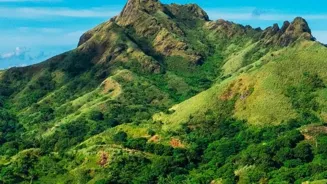Unleash Your Inner Photographer: The Ultimate Guide to Travel Photography Gear! Dive in for expert tips & tricks
So, you're bitten by the travel bug and want to capture those stunning moments? Fantastic!
Travel photography is a brilliant way to relive your adventures and share the beauty of the world with others.
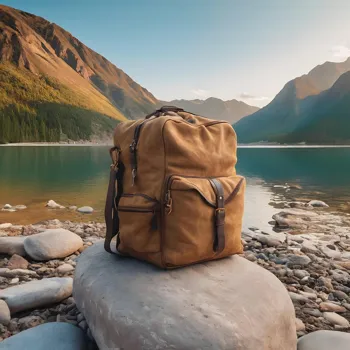
But before you pack your bags, let's talk about the gear you'll need to take your travel photography from 'okay' to 'wow!' Don't worry, you don't need to break the bank. We'll cover everything from essential cameras to handy accessories, keeping it simple and practical.
The Camera: Your Primary Tool
Choosing the right camera is the first big decision. You've got a few options, each with its own strengths:
Smartphone Camera
Don't underestimate the power of your phone! Nowadays, smartphone cameras are incredibly capable. They’re lightweight, always with you, and perfect for casual snapshots and social media sharing. The latest models boast impressive image quality, especially in good lighting conditions.
Plus, they often have built-in editing tools for quick touch-ups. This is a great option if you are just starting out. Look for phones with multiple lenses (wide-angle, telephoto) for more versatility.
Point-and-Shoot Camera
A step up from smartphones, point-and-shoot cameras offer better image quality, optical zoom, and more control over settings.
They're still compact and easy to carry, making them a good choice for travelers who want something more than their phone can offer but don't want the bulk and complexity of a DSLR or mirrorless camera. Look for features like image stabilization and good low-light performance.
Mirrorless Camera
Mirrorless cameras are the current darlings of the photography world. They offer the image quality of a DSLR in a smaller, lighter body.
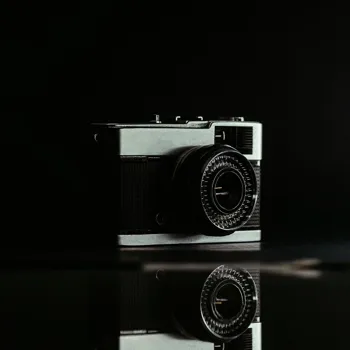
They have interchangeable lenses, allowing you to adapt to different shooting situations, and advanced features like fast autofocus and excellent video capabilities. They are a great all-rounder and the perfect choice if you want the best quality pictures.
Mirrorless cameras are a strong pick if you are considering more professional photography later on.
DSLR Camera
Digital Single-Lens Reflex (DSLR) cameras have been the king of photography for years. They offer excellent image quality, a huge range of lenses and accessories, and robust build quality.
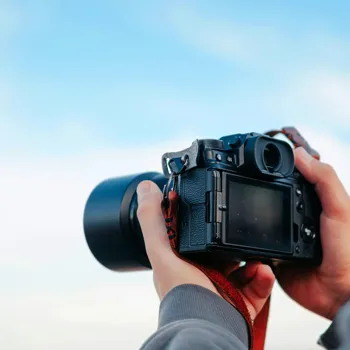
While they're generally larger and heavier than mirrorless cameras, they're still a popular choice for serious photographers. The battery life is also good. DSLRs are very versatile if you want to experiment with different types of lenses.
Think about your budget, how much weight you're willing to carry, and the type of photography you plan to do. If you're mostly shooting landscapes, a camera with a wide-angle lens is essential. If you're interested in wildlife, you'll need a telephoto lens. Don't be tempted to buy the most expensive camera right away and instead learn the basics.
Lenses: Seeing the World Differently
Lenses are just as important as the camera body, if not more so! They determine the field of view, depth of field, and overall image quality. Here are a few essential lenses for travel photography:
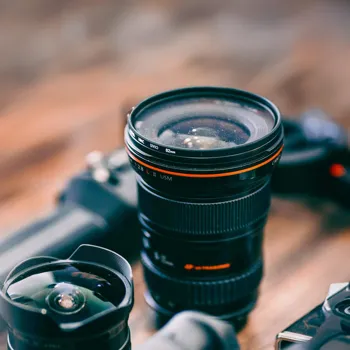
Kit Lens
Most cameras come with a kit lens (usually an 18-55mm or similar focal length). This is a good starting point for general photography and everyday snapshots. It's a versatile option for capturing a variety of scenes.
Wide-Angle Lens
A wide-angle lens (10-24mm or similar) is essential for landscapes, architecture, and capturing the feeling of being in a vast space. It allows you to fit more into the frame and create dramatic perspectives.
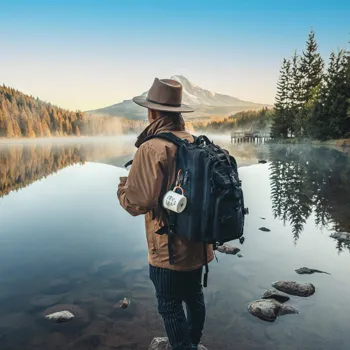
Telephoto Lens
A telephoto lens (70-200mm or longer) is great for wildlife, portraits, and capturing distant subjects. It allows you to zoom in and isolate your subject, creating a blurred background.
Prime Lens
Prime lenses have a fixed focal length (e.g., 35mm, 50mm). They're often sharper and have wider apertures than zoom lenses, making them great for low-light photography and creating shallow depth of field.
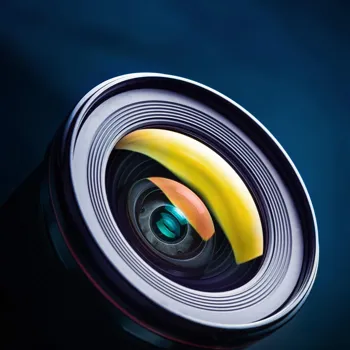
Consider buying one or two high-quality lenses rather than several cheaper ones. They have a larger aperture that allows in more light, leading to better low-light capabilities. This is essential, especially if you frequent locations where there are low levels of light.
Essential Accessories: Completing Your Kit
Now that we've covered the camera and lenses, let's talk about the accessories that will make your life easier and improve your photography. A tripod is useful for long exposures, panoramas, and shooting in low light.
A simple smartphone tripod can also make amazing content. Extra batteries are crucial, especially if you're traveling to remote areas where you can't easily recharge. Memory cards: Always carry extra memory cards to avoid running out of space at crucial moments.
A camera bag will protect your gear from bumps, scratches, and the elements. Choose one that's comfortable to carry and has enough space for all your equipment. A lens cleaning kit is also important for keeping your lenses free from dust and smudges.
Microfiber cloths are great for cleaning the lens surface. An external hard drive is necessary for backing up your photos while on the road. A portable charger is good to have, especially if you are using digital cameras.
Camera Settings: Mastering the Basics
Learn the basics of ISO, aperture, and shutter speed. These three settings work together to control the exposure of your photos. ISO controls the sensitivity of your camera's sensor to light.
A higher ISO is needed in low light, but it can also introduce noise into your images. Aperture controls the size of the lens opening. A wider aperture (smaller f-number) lets in more light and creates a shallow depth of field. Shutter speed controls how long the camera's shutter stays open.
A faster shutter speed freezes motion, while a slower shutter speed creates motion blur.
Learn about white balance and how to adjust it to get accurate colors in your photos. White balance tells the camera what "white" looks like, so it can accurately render other colors.
Experiment with different shooting modes like aperture priority, shutter priority, and manual mode. These modes give you more control over your camera's settings and allow you to create more creative photos. Shoot in RAW format to capture more detail and have more flexibility when editing.
RAW files are uncompressed and contain more information than JPEG files.
Knowing these setting allows you to take more creative pictures. Once you get the hang of it, you will be taking amazing photos in no time.
Composition: The Art of Seeing
Composition is how you arrange the elements within your frame to create a visually appealing image. The rule of thirds is a classic composition technique that involves dividing your frame into nine equal parts with two horizontal and two vertical lines.
Place important elements along these lines or at their intersections to create a balanced and dynamic composition. Leading lines can be used to guide the viewer's eye through the image. Look for roads, rivers, fences, or other lines that lead to your subject.
Fill the frame with your subject to eliminate distractions and create a more intimate portrait. Pay attention to the foreground, middle ground, and background of your image. Create depth by including elements in each of these areas.
Look for interesting patterns, textures, and colors to add visual interest to your photos. Experiment with different angles and perspectives to find the most compelling way to capture your subject. Don't be afraid to break the rules and try new things!
Remember, great photography is about more than just having the right gear. It's about seeing the world in a new way and sharing your unique perspective with others.
Editing: Polishing Your Images
Editing is an important part of the photography process.
It allows you to fine-tune your images and bring out their best qualities. There are many different editing software options available, from free mobile apps to professional desktop programs.
Free options include Snapseed and Adobe Lightroom Mobile, which are great for making quick adjustments on your phone. Desktop Programs such as Adobe Lightroom and Photoshop allow for more advanced editing.
Start with basic adjustments like exposure, contrast, and white balance.
These adjustments can significantly impact the overall look and feel of your image. Adjust the highlights, shadows, and blacks to bring out more detail in your photos. Use the clarity slider to add definition and texture to your images.
Correct lens distortion and remove chromatic aberration (color fringing). Sharpen your images to make them look crisper. Be careful not to over-sharpen, as this can introduce artifacts.
Create presets to apply consistent editing styles to your images.
Remember, the goal of editing is to enhance your photos, not to completely change them. Aim for a natural and realistic look.
With the right gear, skills, and a little creativity, you'll be well on your way to capturing stunning travel photos that you'll cherish for years to come.
Happy travels and happy shooting!
AI Generated Content. Glance/InMobi shall have no liability for the content